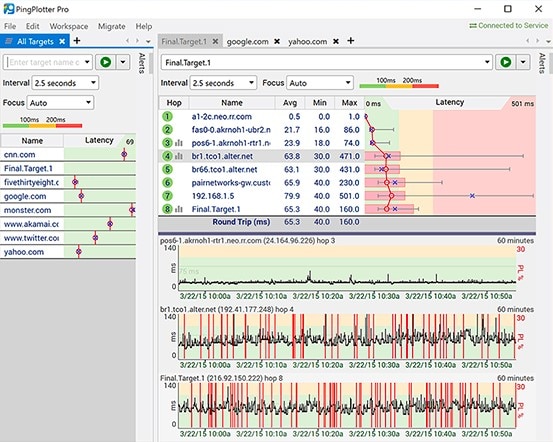

FREE PING SWEEP PLUS
Ping sweeps have the same three major use cases as single pings - discovery, monitoring, troubleshooting - plus applications in network security.

Only the live hosts will reply or “pong” back, giving you equivalent results of multiple single pings in one fell swoop. In contrast to a single ping, a ping sweep uses ICMP (Internet Control Message Protocol) ECHO requests to communicate with multiple hosts at the same time. Ping sweep, also known as ICMP sweep or a ping scan, is a network scanning technique you can use to find out which IP addresses map to live hosts. If a ping fails altogether, you can ping surrounding parts of the network to see if the issue is isolated or widespread. For example, if a ping is successful by name and IP address but the device takes a long time to respond, you now know there might be a network speed or congestion issue. Troubleshooting: A simple ping can tell you valuable information.Monitoring: If you’re running a ping with a “run until stopped” option, failed pings will let you know there’s something wrong with your system.Since virtually all devices will respond to a ping if they’re connected to the network, you can ping a range of devices or IP addresses to quickly and easily find all available devices within the range. Discovery: Ping can be used as a network discovery tool.Ping is predominantly used to keep track of device availability and network latency, but this simple and effective technique has many different use cases: The actual ping is a packet of 32 to 56 bytes containing an “echo” request for the host to respond to if it is online, available, and performing network operations at speed. Ping is a signal used to see if a device connected to a network is reachable or measure how long it takes a networked device to respond to a request.


 0 kommentar(er)
0 kommentar(er)
